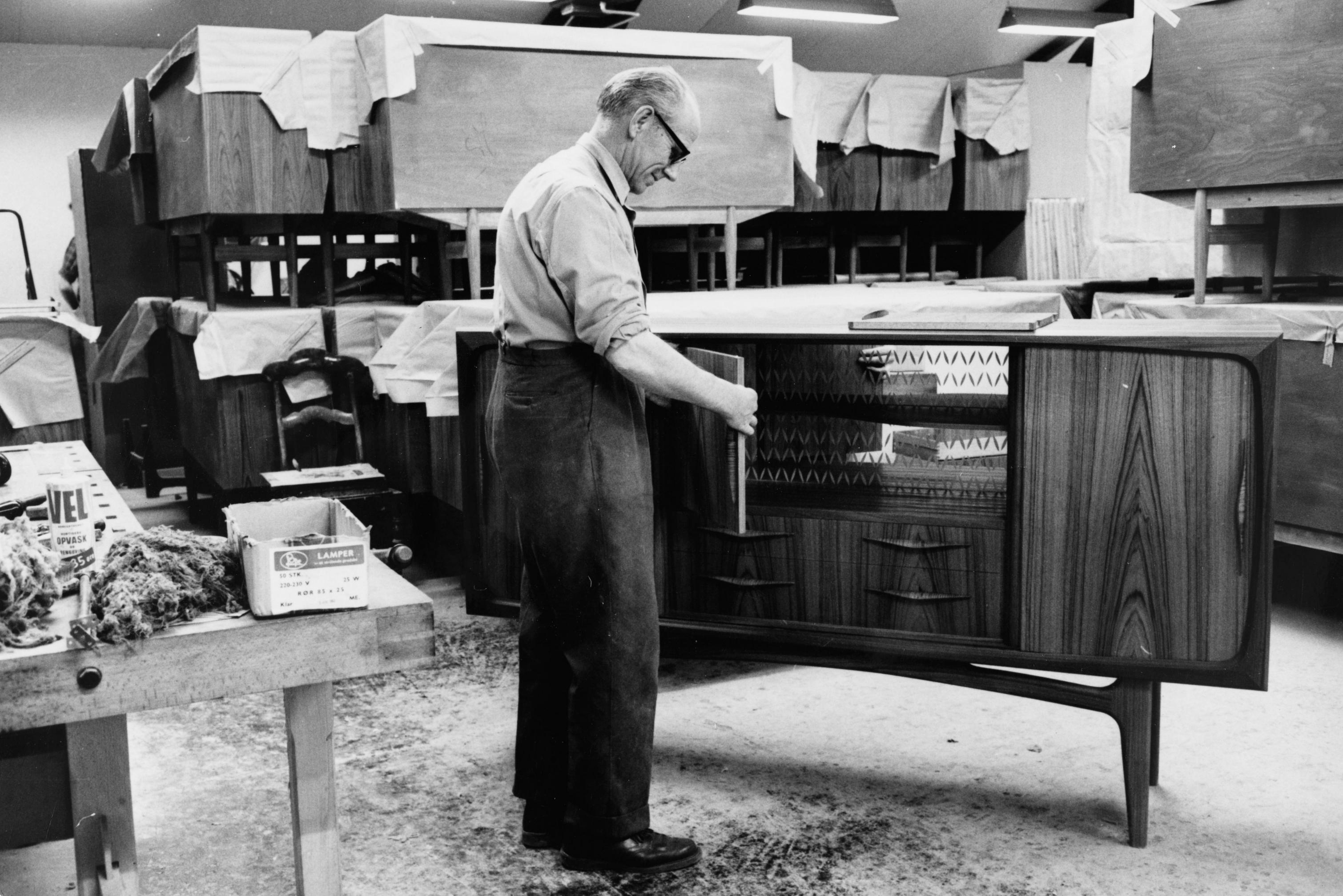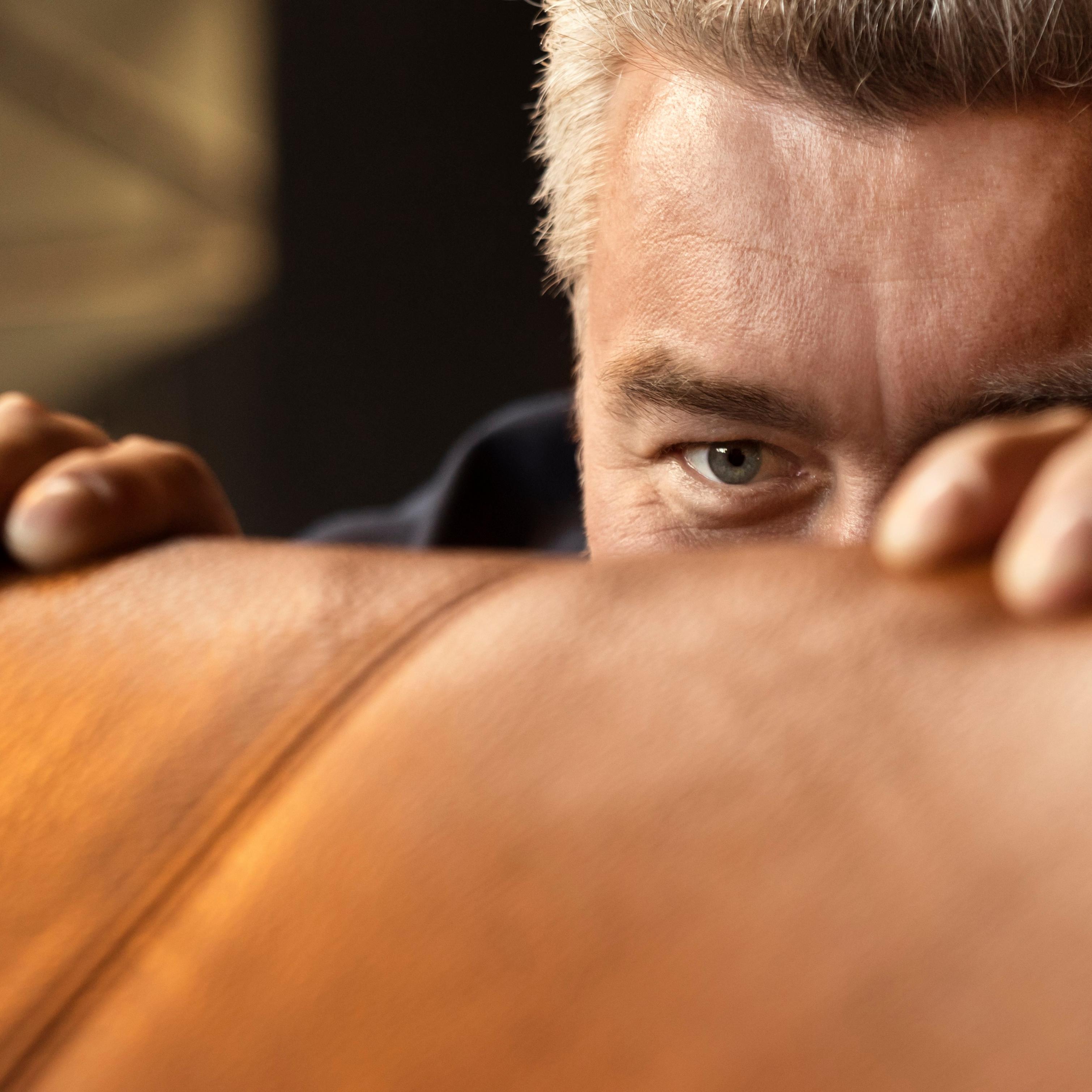
For us at BoConcept, we believe a culture should be built from the inside out.

In a sleepy town in 1950s Denmark, a pair of young cabinetmakers stand at the entrance of their new factory. They are proud. The space may be modest in size but it is perfectly formed, all painstakingly built by their hands.
Just two years earlier, Jens Ærthøj and Tage Mølholm began their furniture business in the hot summer of 1952. Then, their only company was skill and youthful determination. Now, they are walking in with four employees, a growing list of orders and the satisfaction of a pursued ambition:
Meeting that demand while maintaining such high quality standards required a pioneering spirit. They would have to combine their traditional craftsmanship with Denmark’s wave of late industrializing. Machines were now more affordable, efficient and accurate. Investing wisely would speed up production and keep costs low, without compromising the quality the customers loved.
Jens and Tage stood on the principles that made Danish design admired around the world: simplicity, craftsmanship, elegant functionality and quality materials. That year, those values were seen in the smooth movement of the company’s popular extendable teak dining table. While their belief in the pared-down aesthetic of Danish Functionalism would be brought to life in the accompanying dining chair, designed by architect Arne Wahl.
Joining those tenets with Jens and Tage’s innate business acumen was a recipe for well-crafted success. Just eight years later, they moved to a new 1300 sq.m. premises. There, the company grew, evolving from manufacturing to a retail chain, from a small firm to Denmark’s biggest and most global furniture brand, with more than 300 stores in over 65 countries – and counting.
Our headquarters sit on the same location we acquired in 1962, which is emblematic of our brand: design excellence rooted in heritage, with a keen eye to the future. That's how Jens and Tage worked then. It’s how we always will.

For us at BoConcept, we believe a culture should be built from the inside out.

At BoConcept, we pride ourselves on our expert craftsmanship, quality materials and uncompromising attention to detail.

All BoConcept suppliers must follow a code of conduct in order to ensure that all BoConcept products are manufactured in a manner that respects the rights of their employees.